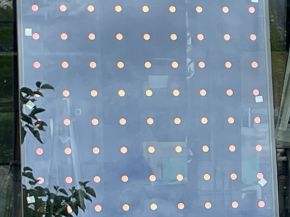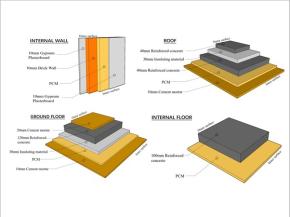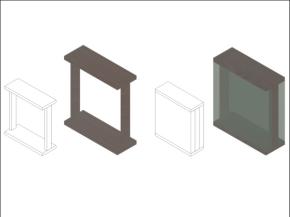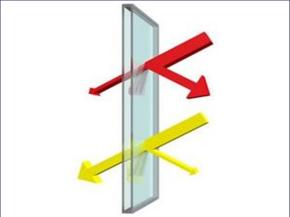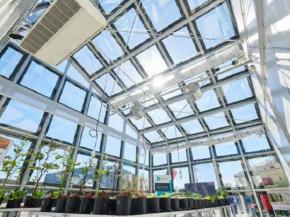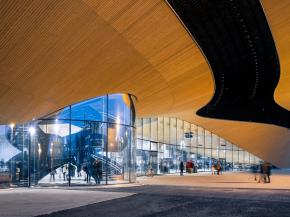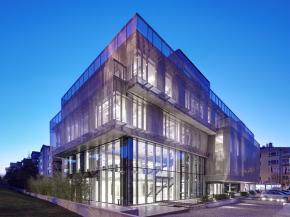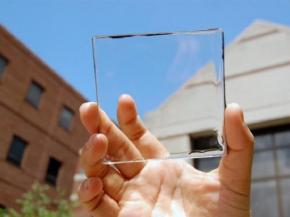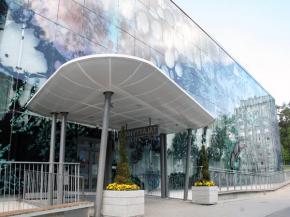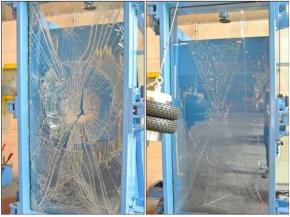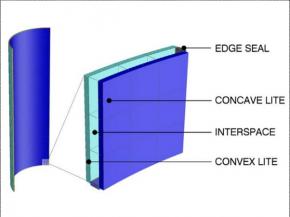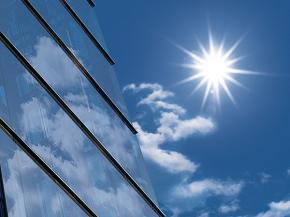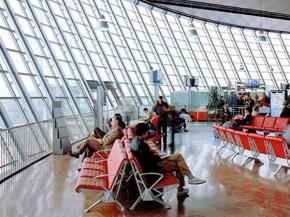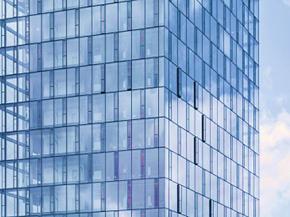Latest articles
| ‘glass technology live’ will showcase a promising new development along with many other innovations.
| This study delves into the influences of the glazing solar heat gain coefficient (SHGC), the glazing heat transfer coefficient (U-value), and PCM thickness on the energy performance of buildings.
| This paper reports on the spectrophotometric characterization of glazings transmittance for the study of components of a modular façade system and its suitability for the climate of Portugal.
| It is hypothesized that the usage of smart glass in the building envelope can provide optimum solutions to adapt buildings to the variable climatic and environmental characteristics.
| Introducing BIPV and WIPV solar window systems
| This poetry in architecture, one of the most advanced structures in the Nordic countries, Oodi Library exalts the very elements of glass, wood and steel that work in balance as a free-standing masterpiece.
| Making new and existing buildings as energy efficient as possible is one way to help meet the EU’s CO2 reduction goals.
| I want you to think about your daily journey to work. Take a minute, visualize it – and then answer me this: How many glass surfaces did you see? Too many to remember?
| As a modern society, we’re spending about 90% of our time indoors – at home, in offices or commuting. How is it possible to get access to daylight, when we can’t naturally be outside? By making buildings more transparent.
| The reduction of greenhouse gases is one of the most important goals of the international climate policy. Today, roughly one third of all greenhouse gas emissions is created by urban population.
| Curved insulated glass units formed by tempered bending or annealed slumped bending offer a bold expression of architectural design with transparency and energy efficiency.
| Glass has entered the sustainability vernacular in a big way, which is great news for builders.
| Low-e glass stands for low emissivity, whereas emissivity indicates the ability of a material to radiate energy.
| A green building is the hallmark of economically sound business decisions, thoughtful environmental decisions, and smart human impact decisions.
| Modern, transparent and prestigious – large glass façades are very much in vogue for office complexes and industrial buildings.

